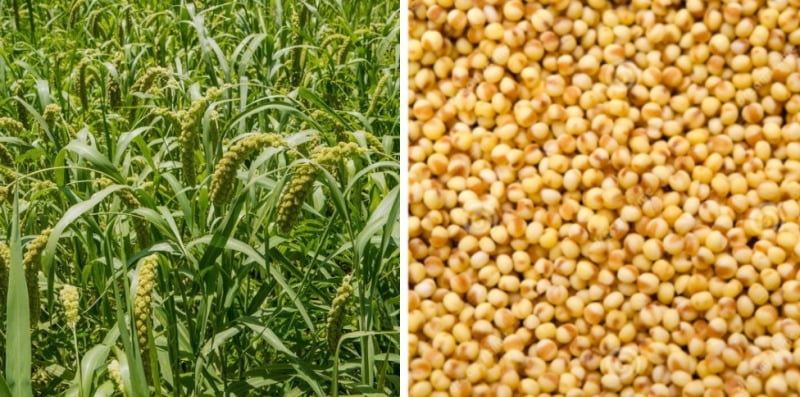Here is content about foxtail millets fiber
Overview
Foxtail millet is a nutritious minor millet that is widely grown in southern Indian regions.
We start consuming whatever super food’ is trendy in the West (quinoa, wheatgrass, cranberries, broccoli, to mention a few), willing to pay a fortune and oblivious to the goodness of our own cuisine in the hopes of becoming fit.
In this fast-paced world, with rising air pollution and chemically sprayed vegetables, it is past time to make dietary modifications to acquire immunity against communicable and non-communicable diseases.
Encourage our seasonal grains to inherit immunity to local illnesses by growing them locally. Foxtail millet is a local grain with numerous health benefits that you should not overlook.
States in India where Foxtail millets are grown
Foxtail millet is an annual grass that is cultivated for human consumption.
The earliest evidence of foxtail millet production was discovered along the Yellow River’s ancient channel in Cishan, China, and carbon-dated to 8700 BC.
In India, foxtail millet has been farmed since antiquity and was used as a staple grain until three to four decades ago.
Currently, it is widely grown in Andhra Pradesh, Karnataka, Tamilnadu, Maharashtra, Uttar Pradesh, and Bihar states. The world’s total production is 2.29 million metric tonnes (MT) from an area of 1.057 million hectares.
It is grown on an area of 0.87 lakh hectares in India, with a total production of roughly 0.66 lakh tonnes and productivity of 762 kg/ha in 2015-16.

Features of Foxtail Millet fiber
- Kakum in Hindi, Navane in Kannada, Kang in Gujrati, Kaon in Bengali, Kangni in Punjabi, Korralu in Telugu, Thina in Malayalam, Kang in Marathi, and Thinai in Tamil are some of the vernacular names for Foxtail millet.
- Foxtail millet is a naked grain Major Millet that requires no or little polishing to make it palatable. It is, like the other millets, a smart crop that benefits people’s health, farmers’ livelihoods, and the environment.
- Foxtail millet has a sweet, nutty flavor and is high in nutrients, as well as being one of the most digestible and allergy-free grains available. Fibre, protein, calcium, and vitamins are all present.
- It has double the protein level of rice and aids with blood sugar and cholesterol control. It is a good diet for those with diabetes and gastrointestinal problems because it boosts disease resistance capability when consumed. It’s high in dietary fiber and minerals like copper and iron, which help the body stay strong and healthy. It is one of the nutritive foods that are advised for youngsters and pregnant women.
- Drought and temperature resistance, as well as the ability to grow effectively with little water and other inputs, make it a farmer-friendly crop. In rainfed conditions, Foxtail millet yields between 1100 and 1500 kg per hectare, with a potential yield of up to 2500 kg per hectare in irrigated and well-managed conditions.
- Foxtail millet is now accessible in a variety of forms, including rice, flour, Ready-to-Cook, Ready-to-Eat, and Instant meals. It is convenient and tasty, in addition to its health benefits, unlike in the past.
- Foxtail millets can be used in a variety of recipes, including Foxtail Millet Kheer, Cutlet, Bred, Bisebelle bath, Mango rice, and Biryani, to mention a few.
- The maintenance of excellent nervous health is one of the most essential benefits of foxtail millet. Many people, from children to adults, are concerned about neurological diseases these days. Fits in children, nerve weakness, diabetic neuropathy (tingling feelings throughout the body, burning sensations in the feet at night, etc. ), infants unable to balance their heads at the age of eight months, and so on are all frequent nervous system disorders.



